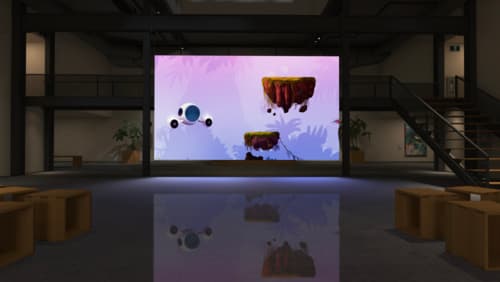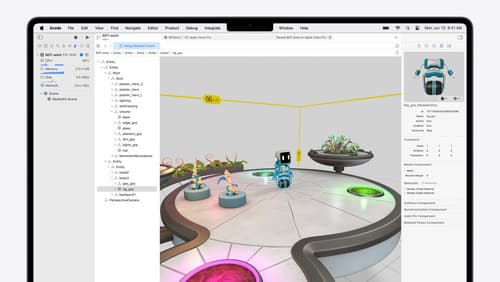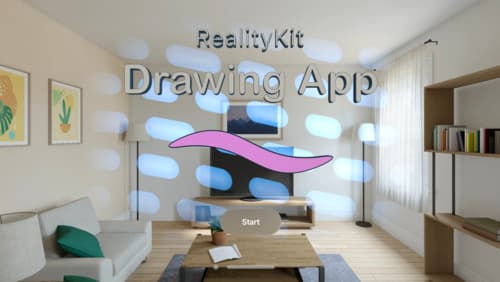How do I add the RealityKitContent package in Xcode
Asked on 2025-03-11
1 search
To add the RealityKitContent package in Xcode, you can follow these general steps:
-
Open Xcode: Start by opening your Xcode project where you want to add the RealityKitContent package.
-
Add Package Dependency:
- Go to the menu bar and select
File>Add Packages.... - In the search bar, type
RealityKitContentto find the package. - Select the package from the list and click
Add Package.
- Go to the menu bar and select
-
Configure the Package:
- Once the package is added, you may need to configure it for your specific target. Ensure that the package is included in the target you are working on.
-
Import RealityKitContent:
- In your Swift files, import the package using
import RealityKitContentto start using its features.
- In your Swift files, import the package using
For more detailed guidance, you might want to refer to the session Discover RealityKit APIs for iOS, macOS and visionOS which covers various aspects of using RealityKit in your projects.

Enhance the immersion of media viewing in custom environments
Extend your media viewing experience using Reality Composer Pro components like Docking Region, Reverb, and Virtual Environment Probe. Find out how to further enhance immersion using Reflections, Tint Surroundings Effect, SharePlay, and the Immersive Environment Picker.

Break into the RealityKit debugger
Meet the RealityKit debugger and discover how this new tool lets you inspect the entity hierarchy of spatial apps, debug rogue transformations, find missing entities, and detect which parts of your code are causing problems for your systems.

Build a spatial drawing app with RealityKit
Harness the power of RealityKit through the process of building a spatial drawing app. As you create an eye-catching spatial experience that integrates RealityKit with ARKit and SwiftUI, you’ll explore how resources work in RealityKit and how to use features like low-level mesh and texture APIs to achieve fast updates of the users’ brush strokes.
